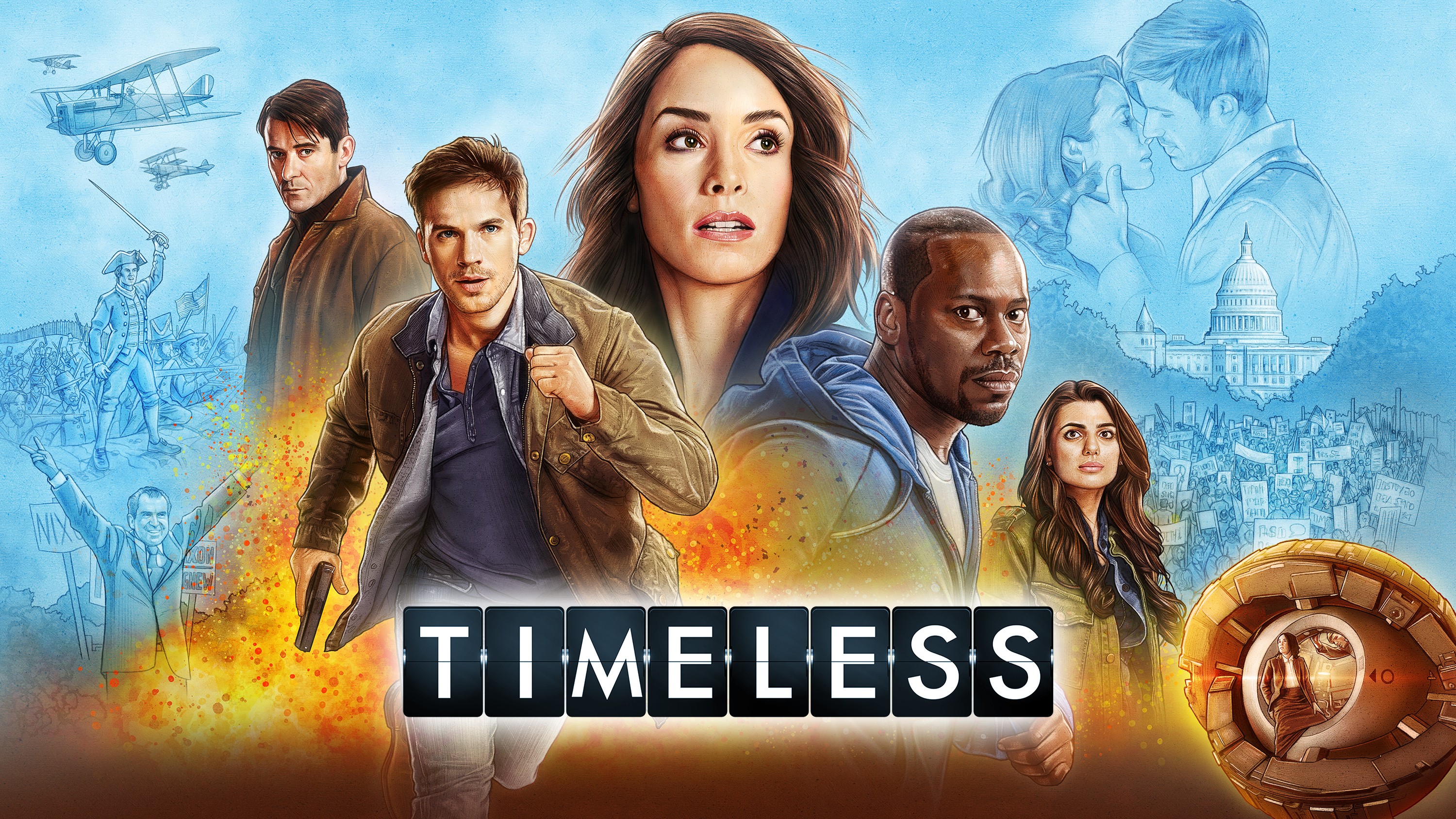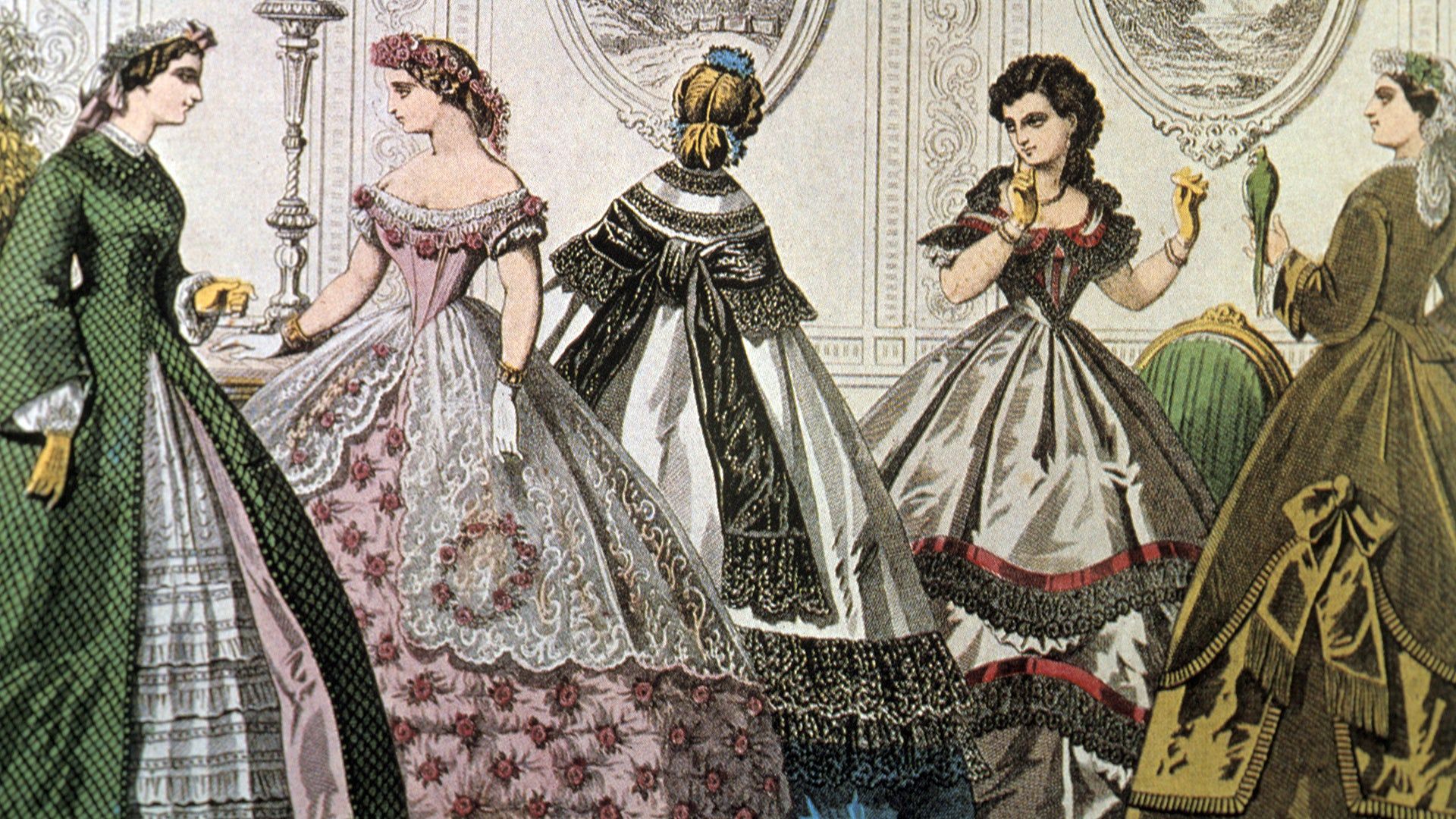
When we think of the Victorian era, images of stern-faced monarchs, elaborate corsets, and perhaps a pervasive sense of moral rigidity often spring to mind. But look closer, beyond the velvet curtains and gas lamps, and you’ll uncover a period of astounding innovation, profound social shifts, and a surprising number of practical wisdoms that, frankly, wouldn’t look out of place in a modern self-help manual. It was a time when the world was rapidly changing, much like our own, forcing people to adapt and discover clever ways to navigate their daily lives, maintain sanity, and even thrive. From personal conduct to public health, the Victorians were unknowingly pioneers in what we now call ‘life hacking.’
Indeed, these weren’t just dusty historical footnotes; many of their approaches to living offered genuine, effective strategies for personal growth, domestic harmony, and a better quality of life. The period spanning Queen Victoria’s reign from 1837 to 1901 was a crucible of new ideas, technologies, and social structures. Amidst the industrial revolution and imperial expansion, individuals were finding clever solutions to everyday problems, shaping habits and systems that delivered tangible benefits. They were, in essence, optimizing their lives long before algorithms were even a twinkle in a scientist’s eye.
So, prepare to dust off your perceptions of the 19th century as we embark on a fascinating journey through 15 simple, yet profoundly effective, Victorian life hacks. We’ll start by delving into seven invaluable insights that primarily revolve around individual well-being, the sanctity of home, and the pursuit of knowledge and leisure. Get ready to discover how the wisdom of the past might just be the secret ingredient your present-day routine has been missing.
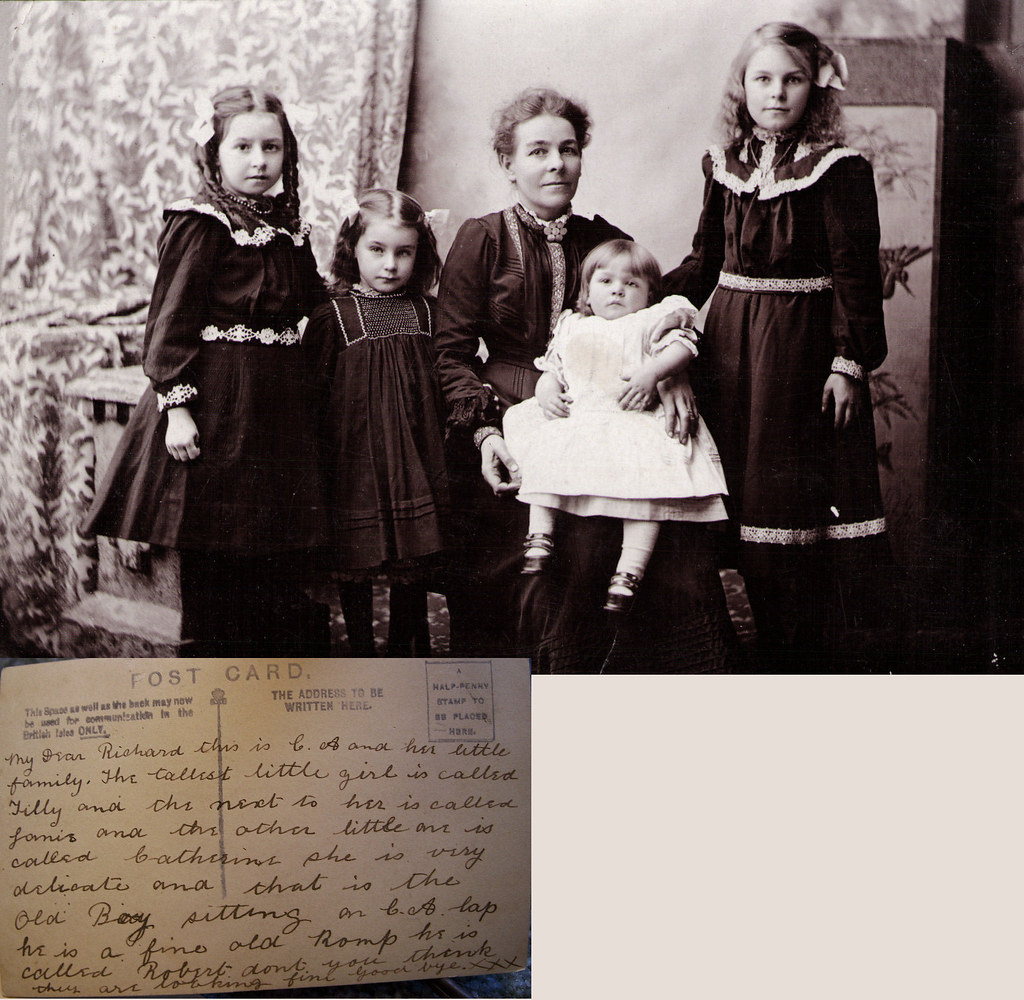
1. **Prioritizing Personal Conduct and Self-Restraint**
The Victorians had a remarkable knack for personal conduct. They weren’t just putting on a show for society; rather, a “high standard of personal conduct across all sections of society” was genuinely valued. This wasn’t some fleeting fad but a deep-seated shift that saw “good manners and self-restraint becoming much more common” during the first half of the 19th century. Imagine a society where everyone, from the factory floor to the drawing-room, genuinely believed in behaving with decorum and keeping their impulses in check. It sounds almost utopian, doesn’t it?
Historians point to a fascinating confluence of factors behind this cultural pivot. Britain’s prolonged conflicts with France in the early 19th century played a role, instilling a belief that citizens needed to “avoid the distracting temptations of sinful behaviour” to focus on national efforts. Simultaneously, the powerful evangelical movement delivered a robust “push for moral improvement,” reinforcing the idea that self-discipline was a pathway to both individual and societal betterment. This wasn’t just rhetoric; “there is evidence that the expected standards of moral behaviour were reflected in action as well as rhetoric across all classes of society.” For instance, an analysis noted that “less than 5% of working class couples cohabited before marriage,” a stark contrast to modern trends.
Now, how does this translate into a useful hack for our bustling 21st-century lives? In an age of instant gratification and often frayed tempers, the Victorian emphasis on self-restraint and good manners offers a profound lesson. By consciously practicing decorum, managing our impulses, and treating others with respect, we don’t just improve our public image; we cultivate inner peace, enhance our relationships, and create a more harmonious environment around us. It’s a timeless strategy for reducing unnecessary conflict and fostering personal integrity, a true hack for navigating social complexities with grace.
Read more about: Pentagon’s New Media Restrictions Draw Widespread Condemnation: An In-Depth Examination of Policies Challenging Independent Journalism
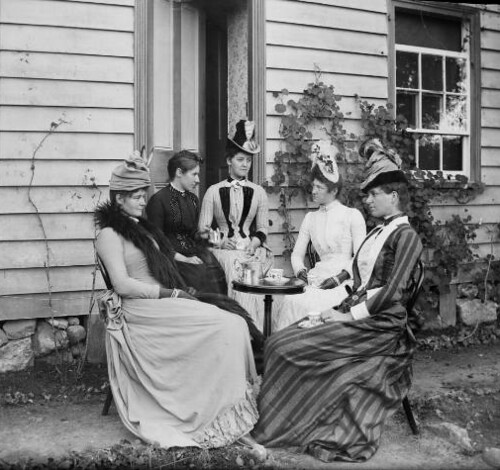
2. **Cultivating a Home as a Private Sanctuary**
Before the Victorian era, the lines between work and home were often blurred, with workshops and businesses frequently integrated into living spaces. However, a significant shift occurred during this period: “A clear separation was established between the home and the workplace, which had often not been the case before.” This demarcation wasn’t merely architectural; it was philosophical. The home evolved into something sacred, a refuge from the often-harsh realities of industrial life. It became a deliberate counterpoint to the demands of the public sphere, a place distinct from the world of commerce and duty.
The context further emphasizes this profound transformation, noting that “the home was seen as a private environment, where housewives provided their husbands with a respite from the troubles of the outside world.” This wasn’t just about domestic chores; it speaks to the very essence of creating a haven, a place where one could shed the burdens of the day and find solace. It was an intentional act of designing a space that offered emotional and psychological comfort, a critical buffer against the stresses and pressures that inevitably accumulated outside its walls. The home became a designated zone for recovery and rejuvenation.
Fast forward to today, and this Victorian life hack rings truer than ever. In our hyper-connected, always-on world, where work emails can infiltrate our personal devices at any hour, the concept of a home as a ‘private sanctuary’ is a powerful antidote to burnout. Creating intentional spaces free from digital distractions, fostering an atmosphere of calm, and reserving your home as a place primarily for rest, connection, and personal pursuits can be incredibly fortifying. It’s a vital strategy for maintaining mental health and achieving a genuine work-life balance, ensuring that your living space genuinely provides “a respite from the troubles of the outside world.”
Read more about: 12 Simple Daily Rituals of 12 Famous Figures from the Renaissance: Lessons for Lifelong Success
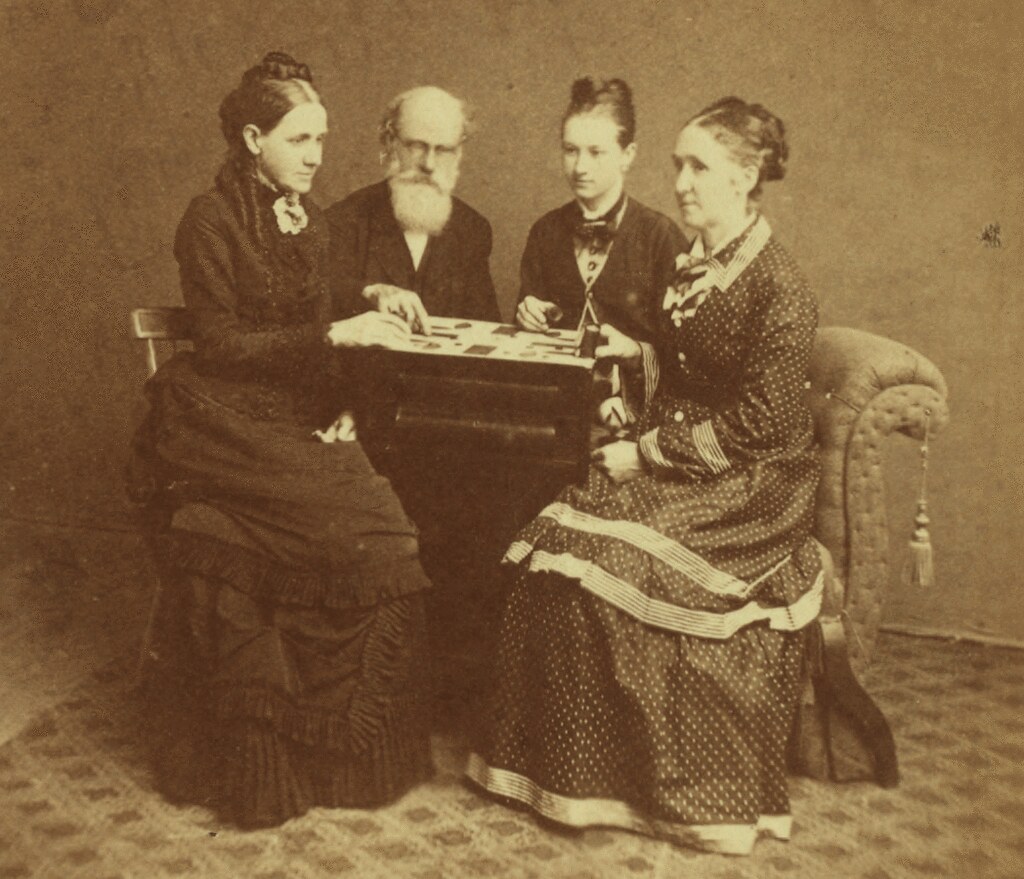
3. **Embracing Universal Literacy and Lifelong Learning**
In an age we often associate with rigid class structures, the Victorian era delivered a truly revolutionary concept: the widespread availability of education. Prior to this period, schooling was largely a luxury for the privileged few. But the 19th century saw a dramatic shift where “access to education increased rapidly.” This wasn’t just a gradual improvement; it was a societal overhaul, marked by the establishment of “state-funded schools… for the first time in England and Wales.” This monumental change laid the groundwork for a more informed and capable populace.
Crucially, this newfound access wasn’t optional; “education became compulsory for pre-teenaged children in England, Scotland and Wales.” The impact was immediate and transformative: “literacy rates increased rapidly, and had become nearly universal by the end of the century.” This wasn’t merely about reading and writing; it empowered individuals, opened up new avenues for communication, and fostered a more engaged citizenry. Suddenly, knowledge was within reach for almost everyone, fundamentally changing the fabric of society and individual potential.
What can we glean from this historical commitment to learning? In our rapidly evolving world, where skills can become obsolete overnight, the Victorian push for universal literacy serves as an enduring life hack: embrace lifelong learning. Don’t stop educating yourself just because you’ve left formal schooling. Whether it’s picking up a new skill, diving into a complex subject, or simply staying informed about current events, the Victorian emphasis on knowledge as a fundamental right and necessity reminds us that continuous learning is key to adaptability and personal growth. It’s about empowering yourself through knowledge, just as they did.
Read more about: Warren Buffett’s 14 Indispensable Financial Wisdoms for Young Actors Building Lasting Wealth

4. **Engaging with Diverse Reading Materials for Enrichment**
With literacy rates soaring, Victorians eagerly devoured printed matter, transforming reading from an elite pastime into a mass cultural phenomenon. It wasn’t just about weighty philosophical tomes; “a variety of reading materials grew in popularity during the period, including novels, women’s magazines, children’s literature, and newspapers.” This explosion of genres meant there was something for everyone, catering to a newly literate public eager for information, entertainment, and distraction. Imagine the bustling streets, with vendors selling a fascinating array of printed pages.
The democratization of print was truly remarkable. “Much literature, including chapbooks, was distributed on the street,” making it accessible to even the most modest budgets. This wasn’t just about escapism; it was about expanding horizons, sharing information, and developing critical thinking skills. Whether it was following the latest serialized novel, catching up on current affairs, or enjoying whimsical tales, reading was a central pillar of popular culture, fostering a shared intellectual and imaginative landscape across society.
In our hyper-digital age, where algorithms often curate our reading lists and attention spans are fragmented, the Victorian approach to diverse reading is a brilliant life hack. Instead of falling into niche echo chambers, consciously seek out a broad spectrum of reading materials—from in-depth news analysis to engaging fiction, from practical guides to thought-provoking essays. This varied intellectual diet, much like the Victorians’, enriches your mind, broadens your perspective, and keeps your cognitive faculties sharp. It’s a simple, yet powerful, way to stay informed, entertained, and intellectually agile.
Read more about: Barnett Shepherd: A Lasting Legacy of Preservation for Staten Island’s Rich Heritage
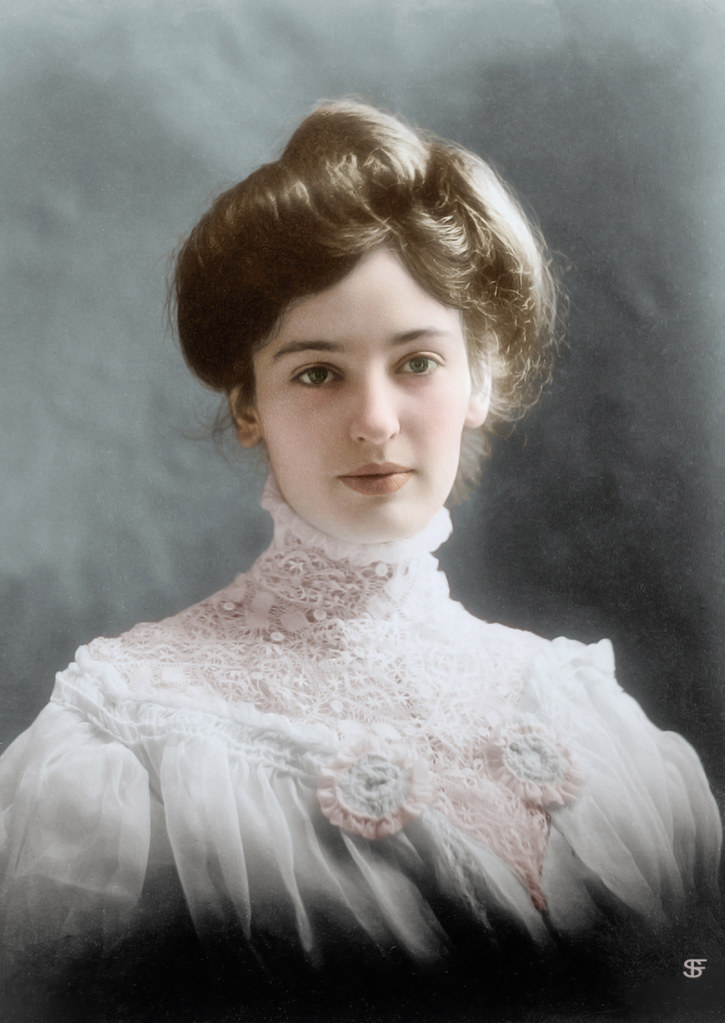
5. **Participating in Sports for Physical and Social Well-being**
Beyond the drawing rooms and factories, the Victorians were surprisingly active, pioneering and popularizing many of the sports we still enjoy today. “Many sports were introduced or popularised during the Victorian era,” a testament to a growing recognition of the value of physical activity and organized recreation. These activities weren’t just about idle amusement; they “became important to male identity,” fostering camaraderie, competition, and a sense of belonging in a rapidly industrializing world. It was about building character and community through physical exertion.
The range of popular sports was impressive, including “cricket, football, rugby, tennis and cycling.” While initially these pursuits were largely male-dominated, societal norms began to slowly, but surely, evolve. Though “the idea of women participating in sport did not fit well with the Victorian view of femininity,” the context notes that “their involvement did increase as the period progressed.” This shows a burgeoning understanding that physical activity offered benefits beyond traditional gender roles, slowly paving the way for broader participation.
What’s the modern take on this Victorian insight? It’s simple: get active and stay active! In an era of sedentary lifestyles, the Victorian popularization of sports serves as a timely reminder that regular physical activity is a non-negotiable life hack for holistic well-being. Whether it’s joining a local team, cycling to work, or simply taking up a recreational sport, engaging in physical activity not only boosts your physical health but also offers crucial social interaction and mental invigoration. It’s a timeless strategy for staying fit, fostering community, and finding healthy outlets for competitive energy.
Read more about: Arnold Schwarzenegger at 78: How the Iconic Bodybuilder’s Training Regimen Has Transformed Through the Decades
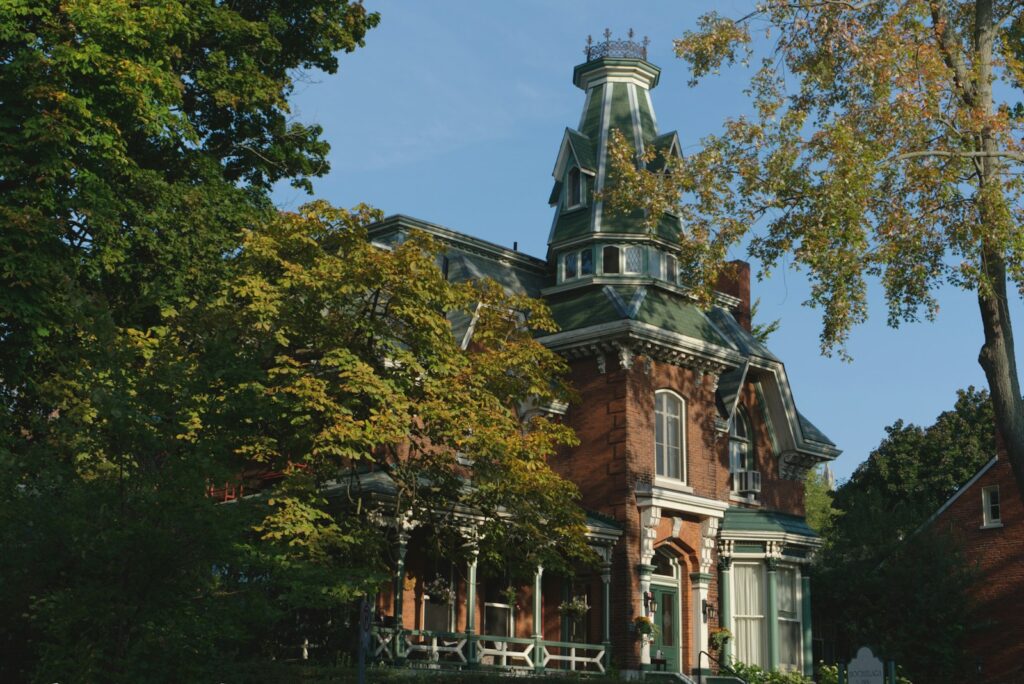
6. **Harnessing Photography for Personal and Family Memory**
The Victorian era, though seemingly distant, was a period of incredible technological leaps, and few captured the public imagination quite like photography. What began as a scientific curiosity rapidly transformed into an integral part of daily life. The context notes that “Photography became an increasingly accessible and popular part of everyday life.” This wasn’t just a niche hobby for the wealthy; it was a democratic medium that allowed ordinary people to capture moments and create lasting visual records in a way that was previously unimaginable, forever changing how they preserved their personal histories.
Imagine the marvel of having your likeness, or that of your family, permanently etched onto paper, a tangible memory to hold and cherish. Before photography, portraits were a luxury, and visual records of loved ones were rare for most. Photography offered a magical new way to document lives, celebrations, and even solemn occasions, creating a visual legacy for families. It allowed people to literally freeze time, a profound capability that reshaped how memories were formed and passed down through generations.
In an age where every smartphone is a high-powered camera, the Victorian appreciation for photography offers a surprising life hack. Instead of mindlessly snapping hundreds of photos that are rarely revisited, adopt a more intentional, Victorian mindset. Think about what you truly want to remember, what stories you want to tell, and then capture those moments with purpose. Print some of them out, create albums, or simply curate your digital collection with care. Photography is a powerful tool for memory and connection, and by treating it with the thoughtful reverence the Victorians did, we can truly harness its power to build a richer personal and family history.
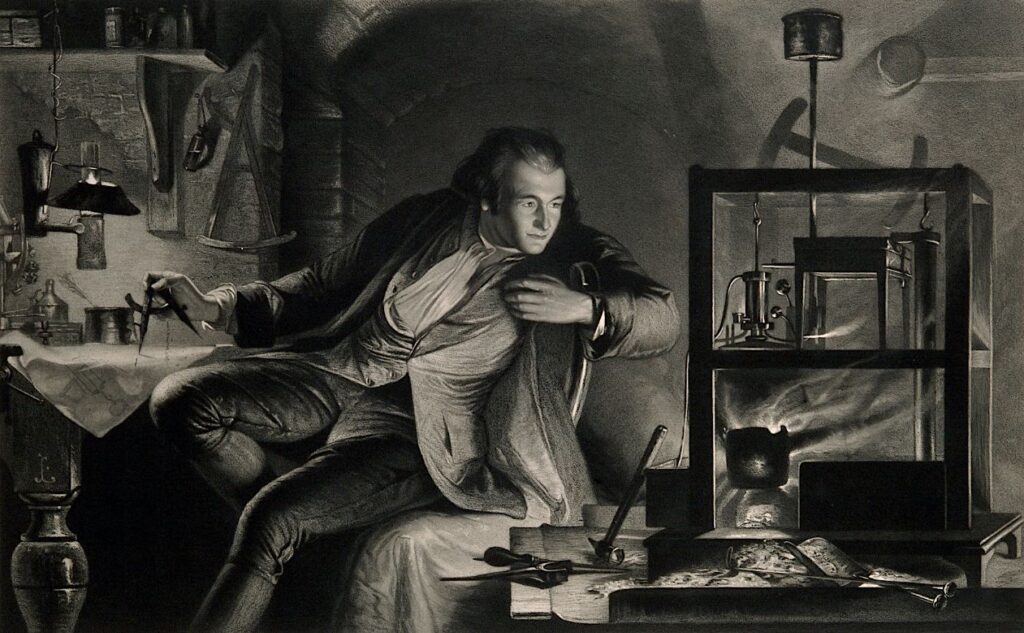
7. **Enjoying Domestic Holidays and Local Leisure Activities**
While the Industrial Revolution initially intensified work hours, the Victorian era also saw a crucial shift in the allocation of time. “Initially the industrial revolution increased working hours, but over the course of the 19th century a variety of political and economic changes caused them to fall back down to and in some cases below pre-industrial levels, creating more time for leisure.” This meant that for many, relaxation was no longer a rare indulgence but a structured part of life. The Victorians, particularly the burgeoning middle classes, became masters of making the most of this newfound free time.
They didn’t always need exotic locales to unwind. Instead, “for the middle classes, many leisure activities such as table games could be done in the home while domestic holidays to rural locations such as the Lake District and Scottish Highlands were increasingly practical.” This emphasis on local exploration and home-based entertainment was both economical and convenient. Even the working classes found their own forms of recreation, with “cheaper forms of entertainment and recreational activities provided by philanthropy” and “trips to resorts such as Blackpool were increasingly popular towards the end of period.” Leisure was for everyone, in various forms.
This Victorian wisdom is a fantastic life hack for our modern, often over-scheduled lives. Instead of feeling pressure to plan elaborate, expensive international trips for every break, embrace the art of the domestic holiday and local leisure. Explore your own region’s hidden gems, find joy in simple home-based activities, or discover local resorts that offer a quick escape. It’s a sustainable, budget-friendly way to recharge, reduce travel stress, and appreciate the beauty and opportunities right on your doorstep. The Victorians understood that genuine relaxation doesn’t require a passport, just a willingness to enjoy what’s close at hand.
Navigating the complexities of the modern world often feels like a constant scramble for new solutions, doesn’t it? Yet, as we’ve already uncovered, some of the most enduring wisdom might just be waiting for us in the annals of history, particularly from that surprisingly savvy Victorian era. Having explored how individuals and households managed to thrive, let’s now broaden our gaze to see how these ingenious ancestors tackled larger societal challenges, adopted groundbreaking technologies, honed their financial acumen, and pursued a truly balanced existence. Prepare to be enlightened by eight more brilliant Victorian strategies that resonate deeply with our present-day needs. They demonstrate that the spirit of innovation and practical problem-solving is indeed timeless.
Read more about: Your Comprehensive Guide to Titusville, Florida: Unearthing the Space Coast’s Best Dining, Attractions, and Stays
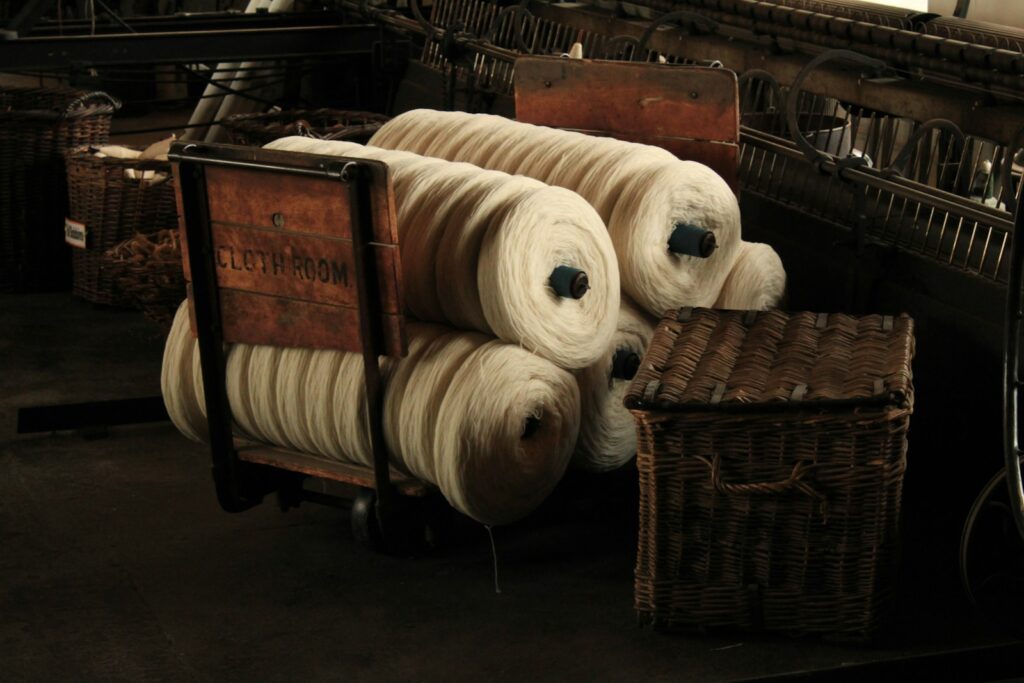
8. **Embracing Social Reform and Philanthropy**
The Victorians, often stereotyped as prim and proper, harbored a deep commitment to social improvement, fueled by a burgeoning middle class and a powerful evangelical movement. It wasn’t just about individual piety; “importance was given to social reform,” extending a hand to those less fortunate and striving for a better collective existence. This wasn’t merely a theoretical ideal but a practical drive that led to tangible changes across society, demonstrating a communal spirit that sometimes feels diluted in our highly individualized age.
This era saw the rise of systematic charity and philanthropic endeavors, actively working to alleviate the harsher aspects of industrial life. While formal welfare systems as we know them were still distant, many initiatives provided “cheaper forms of entertainment and recreational activities provided by philanthropy,” particularly for the working classes. These acts of generosity and community support aimed not only to provide immediate relief but also to uplift and educate, fostering a sense of shared responsibility for societal well-being.
Today, this Victorian approach serves as a potent reminder of the impact of collective action and compassion. In a world grappling with persistent social inequalities, embracing community involvement and supporting philanthropic efforts isn’t just a feel-good activity; it’s a crucial life hack for building a more equitable and resilient society. Whether it’s volunteering your time, donating to causes you believe in, or advocating for policy changes, the Victorian emphasis on social reform underscores the enduring power of working together for the common good.
Read more about: Beyond the Balance Sheet: 12 Billionaire Investment Strategies to Forge Generational Wealth
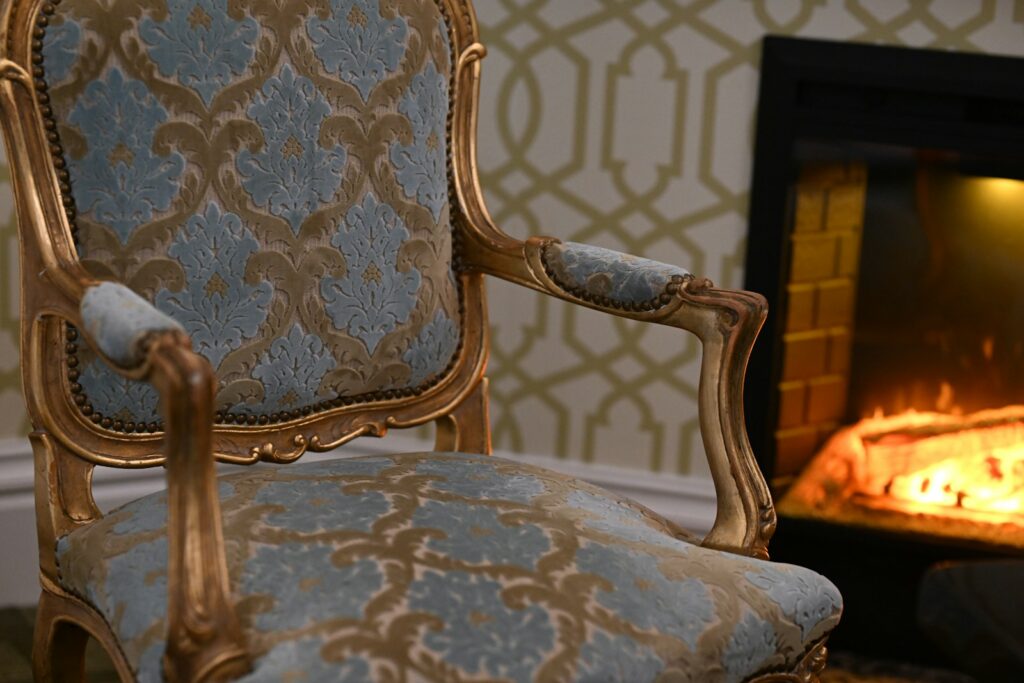
9. **Investing in Public Health and Sanitation**
Before the Victorians tackled it, urban living was, frankly, a bit of a nightmare when it came to hygiene. Rapid population growth and urbanization led to severe overcrowding and inadequate sanitation, resulting in widespread disease and tragically high mortality rates, particularly among the young. Imagine seven or eight people crammed into a single room, with rudimentary water supply and sewage disposal—it was a recipe for disaster, and indeed, “until at least the 1880s, sanitation was inadequate in areas such as water supply and disposal of sewage.”
However, a monumental shift occurred as Victorians recognized the dire connection between squalid conditions and public health. They systematically began to address these issues, making significant strides. “Improvements were made over time to housing along with the management of sewage and water eventually giving the UK the most advanced system of public health protection anywhere in the world.” This was a massive undertaking, driven by reformers and public servants who understood that a healthy populace was fundamental to national prosperity and stability.
This historical commitment to robust public health infrastructure is a timeless life hack. In our contemporary world, where new health challenges constantly emerge, the Victorian lesson is clear: investing in clean water, effective waste management, and preventative health measures is paramount. It’s a foundational strategy for protecting communities, preventing outbreaks, and ensuring a higher quality of life for everyone, proving that sometimes, the most revolutionary changes come from ensuring basic human needs are met.
Read more about: 14 High-Potential Small Business Ideas Poised for Exceptional ROI in 2025
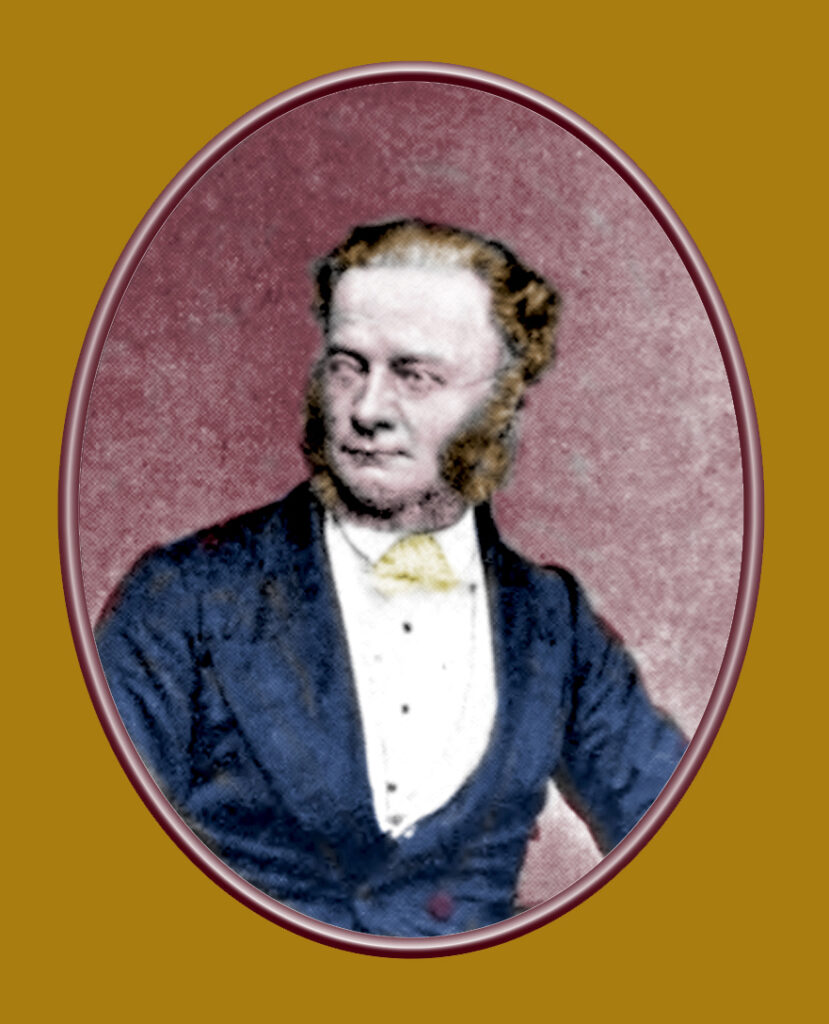
10. **Pioneering Advanced Communication Technologies**
The Victorian era wasn’t just about stiff upper lips; it was a hotbed of technological marvels that fundamentally reshaped how people communicated. Long before the internet or smartphones, the world saw the dawn of instant long-distance communication. In 1837, the first telegraph system was invented by William Fothergill Cooke and Charles Wheatstone, a revolutionary leap that allowed coded messages to zoom across wires. This wasn’t just a scientific curiosity; it rapidly spread, “appearing in every town and post office,” weaving a tighter communicative fabric across the nation.
The pace of innovation continued unabated. Towards the close of the century, this telegraphic network expanded globally, truly connecting the world in an unprecedented manner. Then came another game-changer: the telephone. Patented in America in 1876, it quickly crossed the Atlantic, and within a little over a decade, “26,000 telephones were in service in Britain.” Multiple switchboards sprang up in every major town, allowing voices to travel over distances, a truly mind-boggling concept for the time.
And just as the era drew to a close, the seeds of an even more pervasive technology were sown. Guglielmo Marconi “developed early radio broadcasting at the end of the period,” hinting at a future where information could be transmitted wirelessly to the masses. This relentless pursuit of connecting people, shortening distances, and democratizing information is a powerful life hack for today. It reminds us to not only embrace new technologies but also to understand their profound impact on society, fostering connection and collaboration in an increasingly complex world.
Read more about: 15 Critical Traffic Laws: How 12 States Are Intensifying Enforcement Right Now
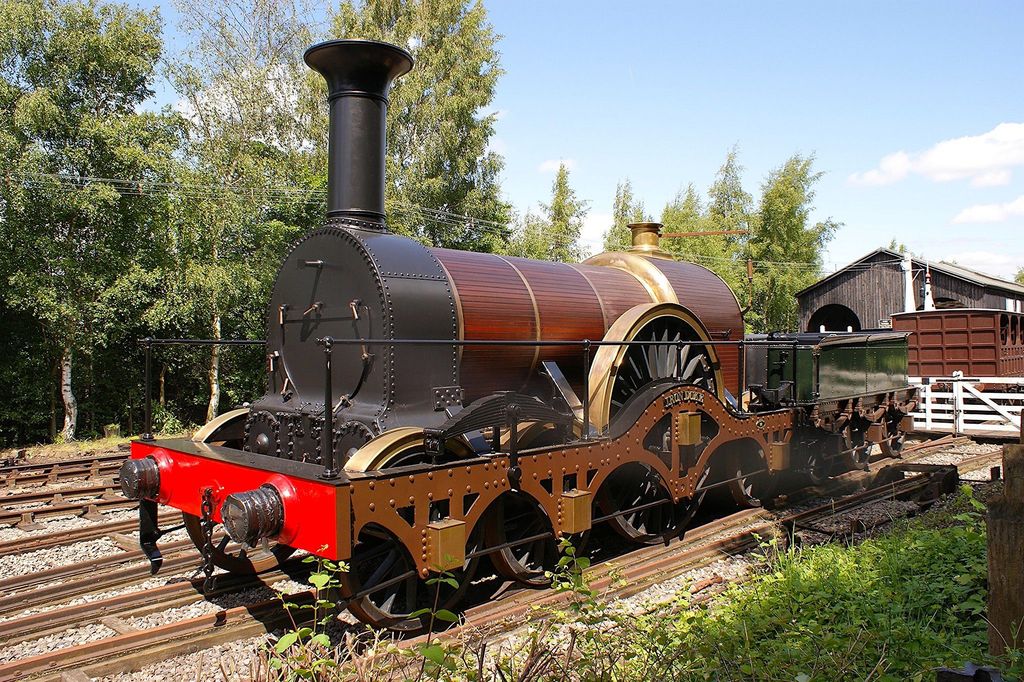
11. **Leveraging the Power of Railways for Connection and Commerce**
While communication technologies shrunk the world, the railways physically stitched together the nation, transforming commerce, industry, and daily life in ways that are hard to overstate. More than just a mode of transport, these iron arteries were the lifeblood of the Victorian economy, facilitating the movement of virtually everything that mattered. They connected bustling industrial centers to raw material sources and then to markets, fundamentally altering logistics and supply chains.
“The railways were important economically in the Victorian era, allowing goods, raw materials, and people to be moved around, stimulating trade and industry.” This wasn’t a minor tweak; it was a complete overhaul of how business was conducted, enabling goods to be manufactured in one region and sold in another with unprecedented speed. Beyond freight, the railways also made travel accessible to the general public, contributing to leisure and the growth of domestic holidays, as people could now explore their own country with relative ease.
Furthermore, the railway industry itself was a colossal employer, a testament to its scale and significance. It created jobs from engineers to station masters, laborers to ticket collectors. The Victorian embrace of railway technology offers a potent life hack: understand and invest in foundational infrastructure. Modern societies still grapple with connectivity challenges, and the Victorian lesson is that efficient transportation networks are not just conveniences but essential engines for economic growth, social cohesion, and national prosperity.
Read more about: The Epsom Derby: 12 Unforgettable Chapters That Demanded the World’s Attention

12. **Cultivating Financial Savings and Economic Prosperity**
The Victorian era, particularly its mid-period, was a time of remarkable economic growth, often dubbed Britain’s ‘Golden Years.’ This prosperity wasn’t just for the elite; it trickled down, leading to tangible improvements in the lives of many ordinary people. A crucial aspect of this rising affluence was the significant increase in real wages, which, after accounting for inflation, were an impressive “65 per cent higher in 1901 compared to 1871.” This meant more disposable income and a greater capacity for financial stability for many families.
Perhaps even more tellingly, Victorians developed a strong culture of financial prudence and saving. This wasn’t an accidental outcome; it was a deliberate choice for many. The numbers speak volumes: “the number of depositors in savings banks rose from 430,000 in 1831 to 5.2 million in 1887, and their deposits from £14 million to over £90 million.” This incredible surge in savings demonstrates a widespread commitment to future security, a practical approach to managing personal finances that resonates strongly even today.
In our consumer-driven world, where debt can often feel like an inescapable burden, the Victorian emphasis on saving is an invaluable life hack. It reminds us that building a secure financial future, no matter your income level, is a cornerstone of personal well-being and stability. By consciously cultivating habits of saving and responsible money management, we can emulate the Victorians’ foresight and create a buffer against economic uncertainties, ensuring a more prosperous and less stressful future.
Read more about: Mastering Your Money: 14 Essential Skills for Unshakeable Financial Stability by Age 35

13. **Promoting Medical Innovation and Germ Theory**
The Victorians, amidst their bustling cities and burgeoning industries, were also at the forefront of a medical revolution that fundamentally changed humanity’s understanding of disease. For centuries, illnesses were often attributed to vague concepts like ‘bad air’ or moral failings. But during this period, “Medicine advanced rapidly during the 19th century and germ theory was developed for the first time.” This groundbreaking insight—that invisible microorganisms caused disease—was nothing short of transformative.
This shift from miasma theory to germ theory provided a scientific basis for public health interventions and medical treatments. It led to more specialized doctors and a significant expansion in the number of hospitals, transforming healthcare from often rudimentary practices into a more structured and effective system. While challenges like urban disease spread persisted, these innovations began to turn the tide, laying the groundwork for modern medicine and significantly improving health outcomes over time.
This Victorian dedication to scientific inquiry and medical progress offers a vital life hack for our own times. It underscores the importance of evidence-based approaches to health, continuous research, and trusting in scientific advancements. Whether it’s understanding vaccines, antibiotics, or hygiene protocols, the lesson from the Victorians is clear: a society that values and invests in medical knowledge is a healthier, more resilient society, capable of extending and improving the quality of human life.
Read more about: Exploring the Minds that Shaped Our World: A Journey Through the Legacies of Iconic Scientists
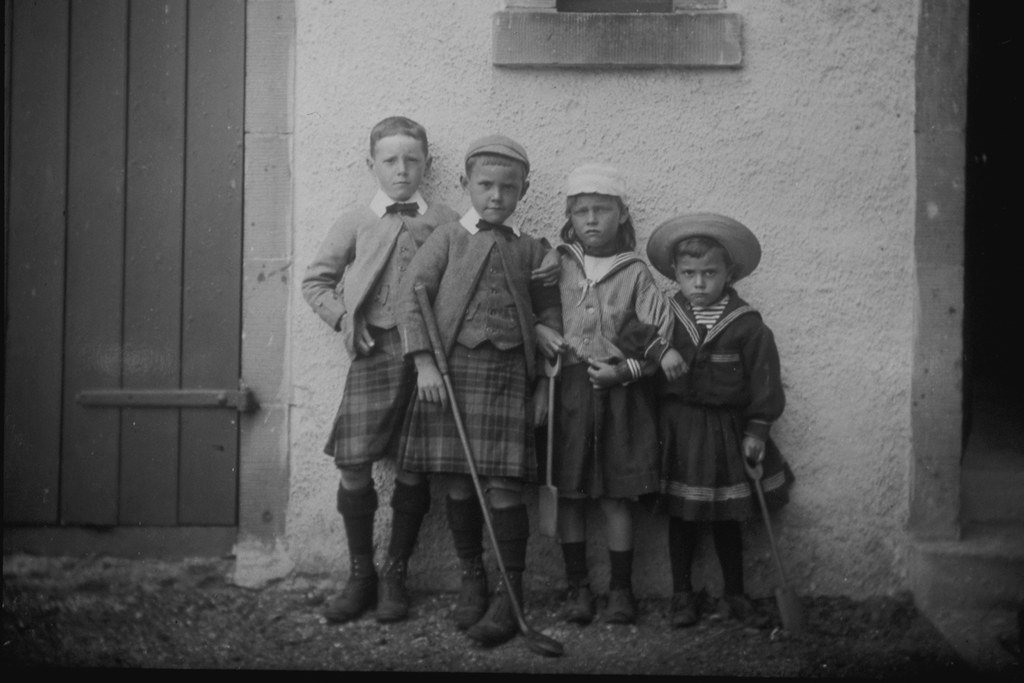
14. **Advocating for Child Protection and Education**
The darker side of the Industrial Revolution was the widespread exploitation of child labor, a grim reality where children were put to work in hazardous conditions, often disrupting their development. Yet, the Victorian era also saw a powerful counter-movement driven by reformers who recognized the profound injustices of child exploitation and pushed for change. “Restrictions were placed on the working hours of child labourers in the 1830s and 1840s,” marking the beginning of a long struggle for child protection.
These initial legislative efforts were followed by “further interventions throughout the century to increase the level of child protection,” gradually chipping away at exploitative practices. Hand-in-hand with this was the monumental push for universal education. While it was a slow process, by the 1870s and 1880s, “children began to be compelled into school,” a radical departure from earlier norms where schooling was a luxury or an afterthought.
This dual emphasis on protecting children from harm and ensuring their access to education is a powerful Victorian life hack with profound modern relevance. It reminds us that the well-being and education of the younger generation are not merely societal obligations but crucial investments in the future. By advocating for child welfare and supporting comprehensive educational opportunities, we embody the Victorian spirit of progressive reform, ensuring that every child has the chance to thrive and contribute.
Read more about: Beyond the Search Bar: Unpacking the Visionary Journey of Larry Page, Google’s Co-Founder and Architect of Innovation

15. **Upholding Public Order and Reducing Crime**
Maintaining public order in rapidly growing, often tumultuous industrial cities was a significant challenge for the Victorians. However, they tackled this with characteristic pragmatism, focusing on reform rather than just punishment. The reform movement, for instance, emphasized “giving police reform priority over harsh punishment to prevent crime,” a forward-thinking approach that recognized the value of prevention and systematic enforcement.
This focus on developing more effective policing and broader societal moral education yielded tangible results. Remarkably, “Crime rates fell significantly in the second half of the 19th century.” This wasn’t merely a statistical anomaly but a reflection of concerted efforts to create a more orderly and secure society. Sociologist Christie Davies even linked this positive change “to attempts to morally educate the population, especially at Sunday schools,” highlighting the multi-faceted approach to public safety.
In our contemporary world, where debates about public safety and criminal justice are ever-present, the Victorian experience offers a compelling life hack: prioritizing systematic police reform, community engagement, and foundational moral education can lead to a more secure and harmonious society. It demonstrates that a balanced approach, focusing on prevention and the underlying causes of crime, rather than solely on punitive measures, can create lasting positive change and foster a greater sense of collective well-being.
Read more about: From Budding Beginnings to Bright Futures: 14 Core Childhood Realities That Pave the Way to Adulthood
As our journey through these 15 Victorian life hacks concludes, it’s clear that the era was far from just a collection of dusty photographs and rigid social norms. It was a crucible of innovation, a period where individuals and society wrestled with immense change and emerged with remarkably clever solutions. From personal conduct to public health, from leisure to literacy, the Victorians pioneered approaches that continue to offer profound wisdom for our fast-paced, digital lives. These aren’t just historical footnotes; they’re blueprints for resilience, well-being, and community. So next time you’re facing a modern dilemma, perhaps pause and ask yourself: what would a savvy Victorian do? You might just find the perfect hack from the past to illuminate your present.”

